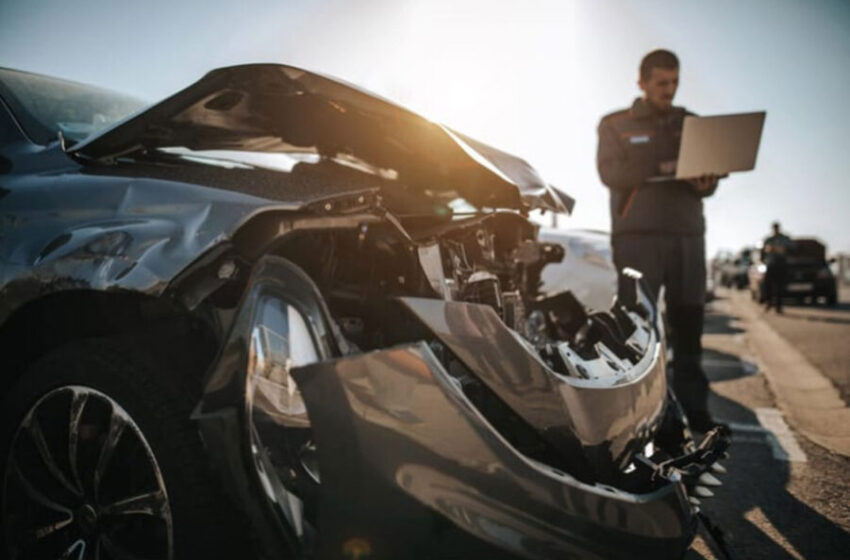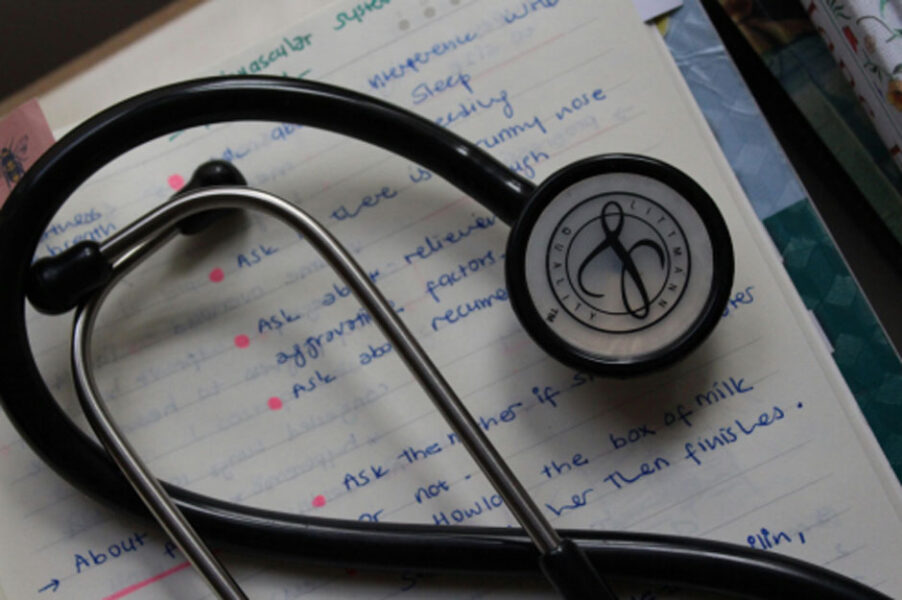How to Prove Your Injury After a Car Accident

A car accident flips life upside down in seconds. Pain sets in, bills stack up, and proof of your injury suddenly becomes the most essential piece of your recovery. Insurance companies push back, hoping your case lacks the evidence it needs. Doctors treat your wounds, but paperwork speaks louder than X-rays. Your story matters, but only solid documentation makes it count.
Photos, medical reports, and witness statements hold weight, but only when gathered with precision. Don’t wait until memories fade or evidence disappears. If you need help securing your case, get in touch with a car accident lawyer who knows how to build a powerful claim. This post shows how to prove your injury after a car accident and protect your right to full compensation.
Gather Immediate Evidence at the Scene
Act fast at the crash site by capturing photos of your injuries, vehicle damage, road conditions, skid marks, and nearby traffic signs. Capture multiple angles to support your claim, and if witnesses saw the crash, collect their names and contact details. Record a voice memo or written note describing what happened while the memory remains fresh.
Seek Medical Attention Without Delay
Visit a hospital or clinic right after the accident. A medical report offers solid proof of your injury and links it directly to the crash. Mention every symptom, no matter how minor it feels. Pain sometimes surfaces hours later, so let the doctor document every concern. Consistent follow-ups strengthen your claim and show your injury deserves compensation.
Request and Keep All Medical Records
Obtain copies of all diagnostic tests, prescriptions, and treatment plans. Collect physical therapy reports, surgery details, and physician notes. These records create a timeline that ties your injury to the crash. Store them in a folder, physical or digital, so nothing gets lost. Dates, descriptions, and doctor opinions all support your story.
Maintain a Personal Injury Journal
Start a daily log of your recovery by writing down your pain levels, emotional state, and how the injury affects your daily routine. In addition to this, describe tasks you struggle to complete and include any missed workdays or activities. A well-kept journal humanizes your injury and paints a clear picture of your struggle for those who review your claim.
Secure an Official Police Report
Ask the responding officer for the accident report or instructions on accessing it. This document usually includes who got cited, where the crash happened, and what officers observed. The officer’s findings support your version of events and point toward the source of your injury.
Take Photos of Your Injury Over Time
Injuries heal, and without visual proof, their severity fades from memory. Photograph bruises, stitches, casts, or mobility aids regularly. Show the evolution of your condition from the moment of impact through your recovery. These images deliver a powerful visual record that supports your medical reports.
Track All Related Expenses
Keep receipts for medical bills, appointment transportation, over-the-counter medication, or assistive devices. Log the time missed from work and calculate your lost wages. These expenses prove the real cost of your injury and show how the accident continues to affect your life financially.
Get Witness Statements in Writing
Follow up with those who saw the accident and request written statements. Ask them to describe what they saw and how they believe the crash happened. Their perspective adds credibility to your claim and confirms the event’s severity.
Conclusion
Proving your injury after a car accident takes more than words; it demands solid, consistent evidence. Photos, reports, and personal notes work together to tell the truth behind your pain. Act quickly, stay organized and document every part of your journey.





